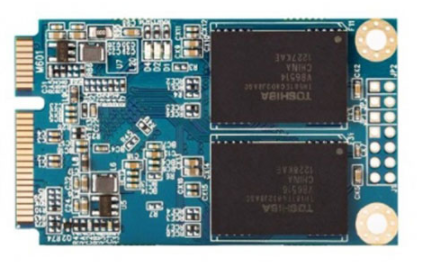PCBA refers to the process of mounting, inserting and soldering bare PCB components. The production process of PCBA needs to go through a series of processes to complete the production. This article will introduce the various processes of PCBA production.
PCBA refers to the overall structure after soldering electronic components (including SMD components, DIP plug-in components) on the basis of bare PCB boards
The PCBA production process can be divided into several major processes, SMT patch processing - DIP plug-in processing - PCBA testing - three anti-coating - finished product assembly.
1. SMT patch processing link
The process of SMT patch processing is: solder paste mixing - solder paste printing - SPI - placement - reflow soldering - AOI - rework
1. Stirring solder paste
After the solder paste is taken out of the refrigerator and thawed, it is stirred by hand or machine to suit printing and soldering.
2. Solder paste printing
Place the solder paste on the stencil, and use a squeegee to print the solder paste onto the PCB pads.

3. SPI
SPI is the solder paste thickness detector, which can detect the printing of solder paste and control the effect of solder paste printing.
4. Mounting
The patch components are placed on the feeder, and the placement machine head accurately mounts the components on the feeder on the PCB pads through identification.
SMT patch
5. Reflow soldering
The mounted PCB board is subjected to reflow soldering, and through the high temperature inside, the paste-like solder paste is heated to become liquid, and finally it is cooled and solidified to complete the soldering.
6. AOI
AOI is automatic optical inspection, which can detect the welding effect of PCB board through scanning, and can detect the defects of the board.
7. Repair
Repair the defects detected by AOI or manually.
2. DIP plug-in processing link
The process of DIP plug-in processing is: plug-in-wave soldering-cutting feet-post-welding processing-washing board-quality inspection
1. Plug-in
Process the pins of the plug-in materials and insert them on the PCB board
2. Wave soldering
Pass the inserted board through wave soldering. In this process, liquid tin will be sprayed onto the PCB board, and finally it will be cooled to complete the soldering.
3. Cut the feet
The pins of the soldered board are too long and need to be trimmed.
4. Post welding processing
Use an electric soldering iron to manually solder the components.
5. Wash the plate
After wave soldering, the board will be dirty, so it needs to be cleaned with washing water and washing tank, or washing with a machine.
6. Quality inspection
The PCB board is inspected, the unqualified products need to be repaired, and the qualified products can enter the next process.
Three, PCBA test
PCBA test can be divided into ICT test, FCT test, aging test, vibration test, etc.
PCBA test is a big test. According to different products and different customer requirements, the test methods used are different. The ICT test is to detect the welding of components and the on-off conditions of the circuit, while the FCT test is to detect the input and output parameters of the PCBA board to see if it meets the requirements.
Four, PCBA three-proof coating
PCBA three anti-coating process steps are: painting side A - surface drying - painting side B - curing at room temperature 5. Spraying thickness: spraying thickness: 0.1mm-0.3mm 6. All coating operations should not be lower than 16 degree Celsius and The relative humidity is lower than 75%. There are still many PCBA three-proof coatings, especially in some environments with harsh temperature and humidity. PCBA-coated three-proof paint has excellent insulation, moisture resistance, anti-leakage, shockproof, dustproof, anti-corrosion, anti-aging, and anti-mildew, Anti-part loosening, insulation and corona resistance performance, can extend the storage time of PCBA, isolate external corrosion, pollution, etc. The spraying method is the most commonly used coating method in the industry.
Five, finished product assembly
After coating, the PCBA board that is tested OK is assembled for the shell, and then tested, and finally it can be shipped.
PCBA production is one link after another. Any problem in any link will have a very large impact on the overall quality, and strict control of each process is required.